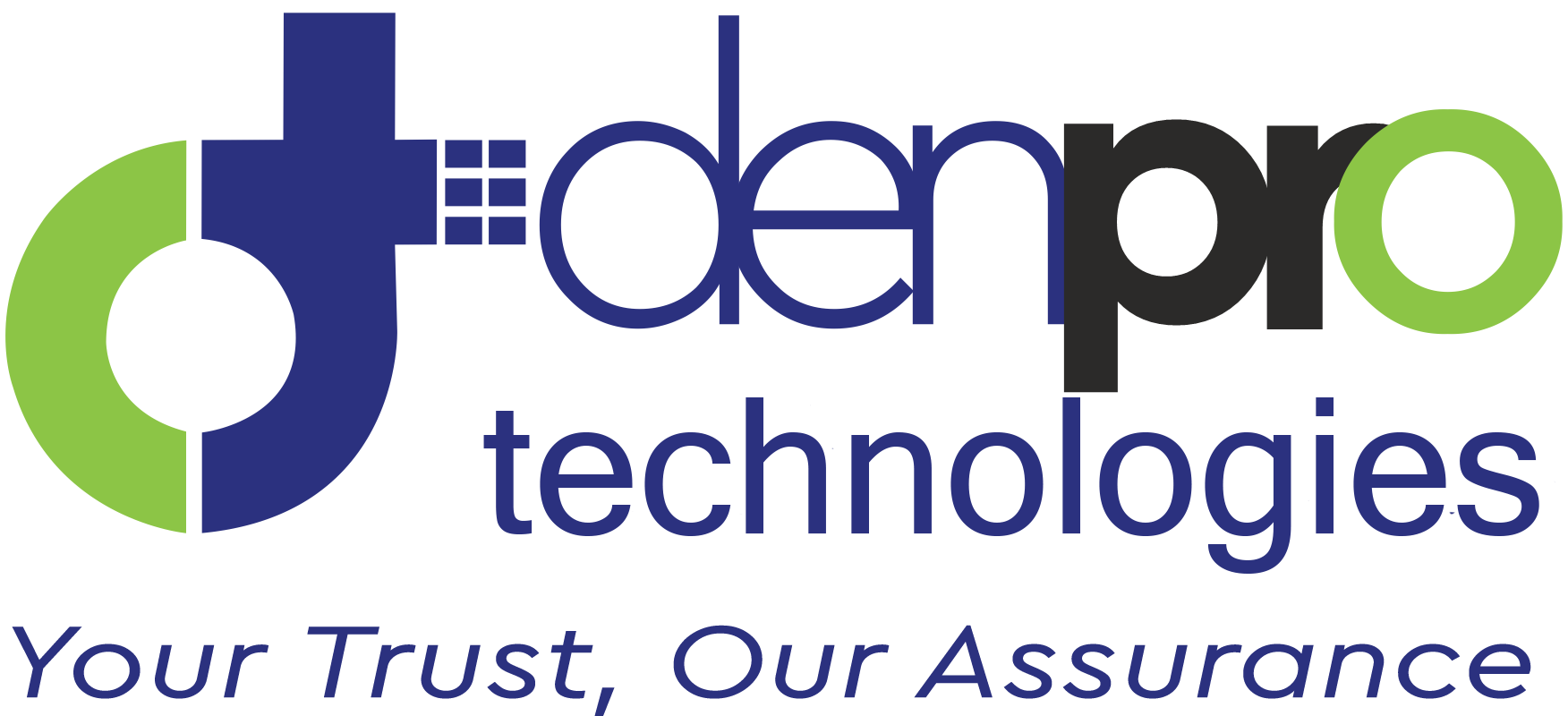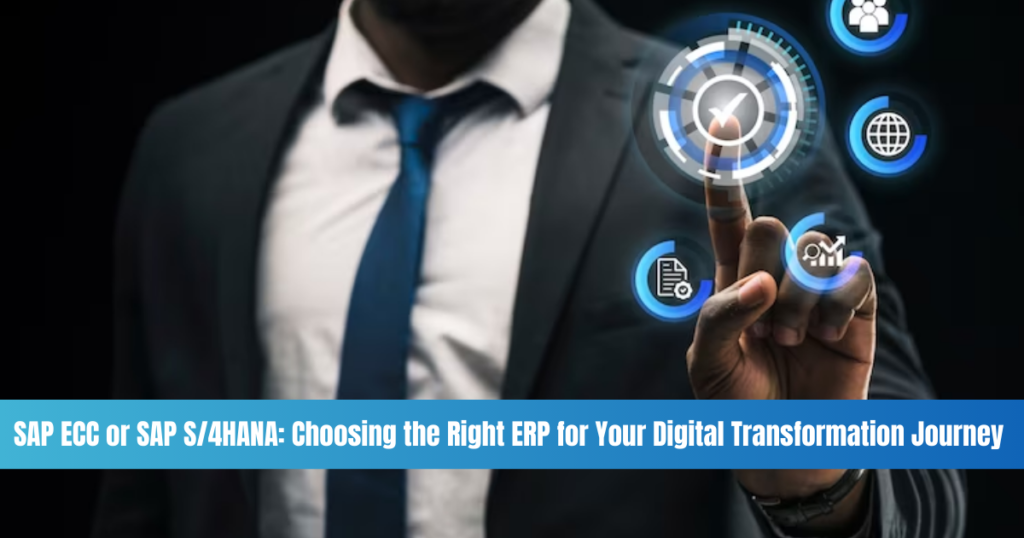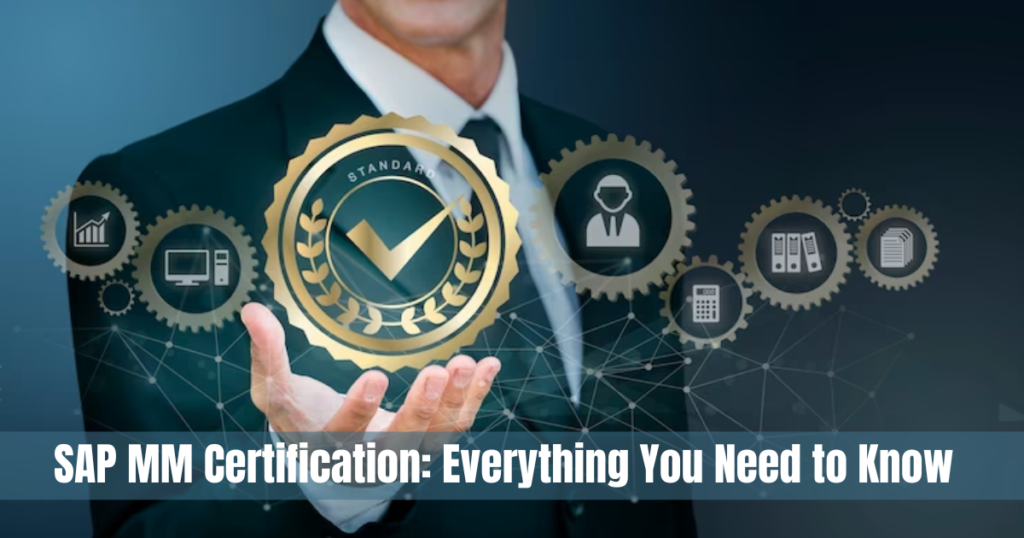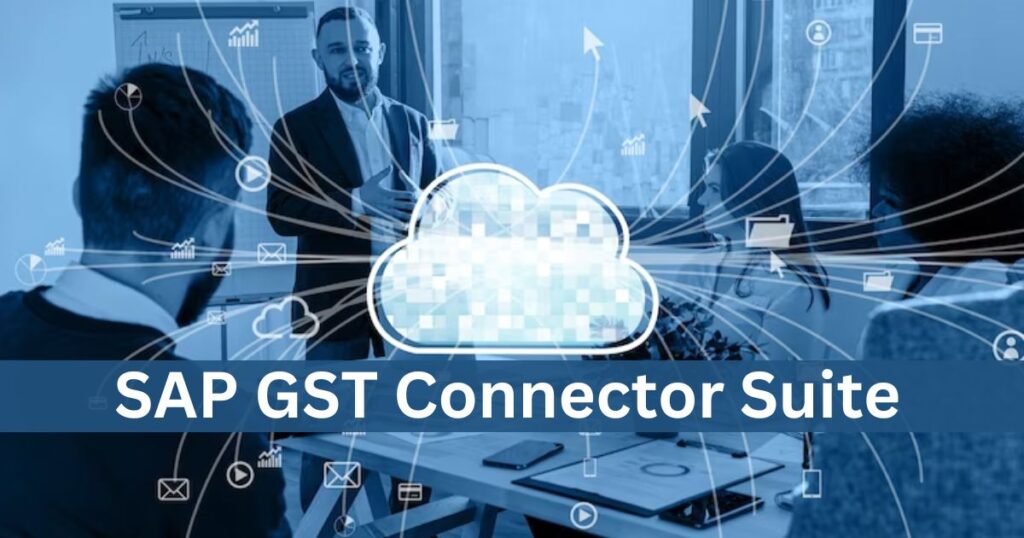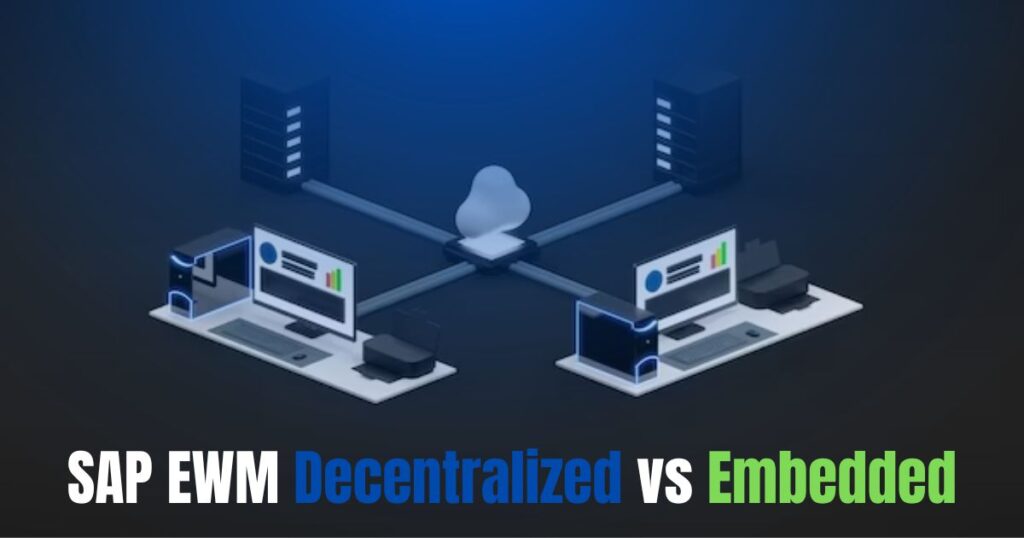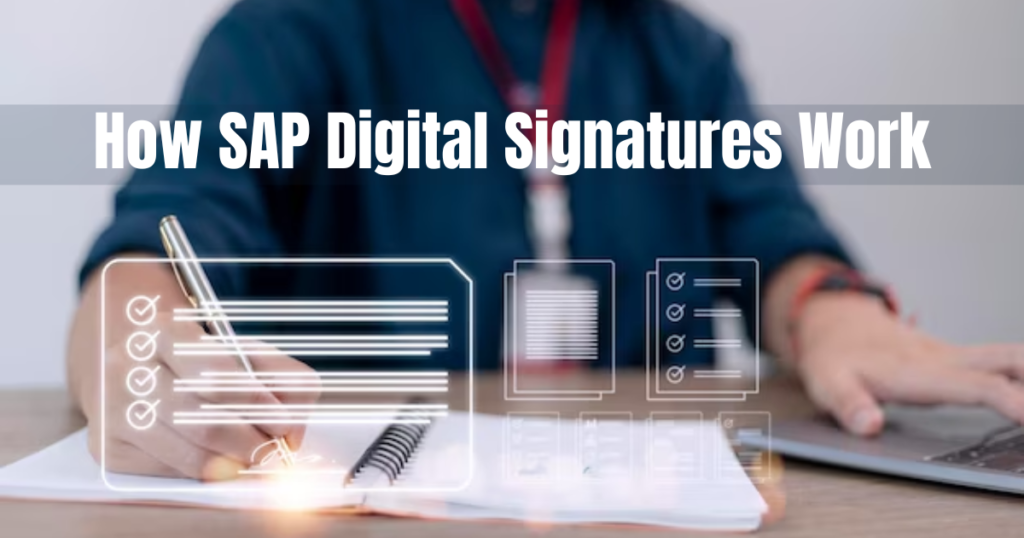SAP SD (Sales and Distribution) certification is a professional certification program that validates an individual’s expertise in SAP’s Sales and Distribution module. The certification program is designed for SAP consultants, project managers, and other professionals who work with the SD module.
The certification exam is conducted by SAP and is available globally. The exam is computer-based and consists of 80 multiple-choice questions, which must be answered within a time frame of 180 minutes. The exam fee varies by location and can range from $500 to $1,500.
The SAP SD certification program covers a wide range of topics related to the Sales and Distribution module. The topics include Sales Order Processing, Pricing and Conditions, Delivery Processing, Shipping and Transportation, Billing and Invoicing, Credit and Risk Management, and Sales Information System. The certification program is designed to test the candidate’s knowledge of these topics and their ability to apply them in real-world scenarios.
Benefits of SAP SD Certification:
Increased Job Opportunities: SAP SD certification can increase job opportunities for professionals in the SAP ecosystem. The certification program is globally recognized and can open up new opportunities in different regions and industries.
Higher Earning Potential: Certified SAP SD professionals typically earn higher salaries than non-certified professionals. The certification can increase the individual’s value in the job market and lead to higher-paying job opportunities.
Credibility in the Industry: The certification program is a globally recognized standard for SAP professionals. It provides credibility and enhances the individual’s reputation in the industry.
Improved Knowledge and Skills: The certification program provides in-depth knowledge and skills in the Sales and Distribution module. The program covers a wide range of topics, and the candidate learns how to apply this knowledge in real-world scenarios.
SAP SD Certification Exam Topics:
Sales Order Processing: The topics covered in this area include sales order creation, processing, and monitoring, material determination, and delivery scheduling.
Pricing and Conditions: This area covers pricing procedures, condition types, discounts, surcharges, and taxes.
Delivery Processing: The topics covered in this area include delivery creation, processing, and monitoring, picking, packing, and shipping.
Shipping and Transportation: This area covers shipment creation, transportation planning, shipment costing, and shipment tracking.
Billing and Invoicing: The topics covered in this area include billing document creation, processing, and monitoring, credit management, and invoice verification.
Credit and Risk Management: This area covers credit limit checks, credit control, and credit exposure analysis.
Sales Information System: The topics covered in this area include sales reports, sales analysis, and sales forecasting.
Preparation for SAP SD Certification Exam:
To prepare for the SAP SD certification exam, candidates can take SAP SD training courses. The courses cover the exam topics and provide hands-on training in the Sales and Distribution module. The training courses are available in different formats, including classroom training, virtual training, and self-paced online training.
In addition to the training courses, candidates can also use SAP SD certification study materials, such as SAP SD certification books, SAP SD certification study guides, and SAP SD certification practice exams. These materials provide additional practice and help the candidate prepare for the exam.
Some of the job opportunities in the SAP SD module include:
SAP SD Consultant: A SAP SD Consultant is responsible for implementing and customizing SAP SD modules to meet the business requirements of clients. They work closely with clients to identify their needs and configure the system accordingly. SAP SD consultants also provide training and support to end-users.
SAP SD Analyst: A SAP SD Analyst is responsible for analyzing business processes and identifying areas where SAP SD can be used to improve efficiency and productivity. They work with end-users to identify their needs and customize the system to meet those needs.
SAP SD Project Manager: A SAP SD Project Manager is responsible for managing SAP SD implementation projects from start to finish. They work closely with clients, consultants, and project teams to ensure that the project is delivered on time, within budget, and meets the client’s requirements.
SAP SD Business Analyst: A SAP SD Business Analyst is responsible for analyzing business processes and identifying opportunities for improvement. They work closely with end-users to understand their needs and requirements and develop solutions using SAP SD.
SAP SD Support Specialist: A SAP SD Support Specialist is responsible for providing technical support to end-users of the SAP SD module. They troubleshoot issues and provide training and support to help end-users use the system effectively.
The job opportunities in the SAP SD module are not limited to these roles. There are also opportunities for SAP SD developers, SAP SD trainers, and other roles. The demand for SAP SD professionals is expected to grow in the future, as more companies adopt SAP’s ERP system and require experts to manage and support it.
To increase your job opportunities in the SAP SD module, it is recommended to obtain SAP SD certification, gain hands-on experience, and keep up-to-date with the latest SAP SD trends and technologies. Additionally, networking with other SAP SD professionals and participating in SAP SD user groups and forums can also help in finding job opportunities in the SAP SD module.
SAP SD certification is a valuable investment for professionals looking to advance their careers in the SAP ecosystem and gain expertise in the Sales and Distribution module. The certification program provides in-depth knowledge and skills in the SD module, and the certification can increase job opportunities, earning potential, credibility in the industry, and improve knowledge and skills in the Sales and Distribution module. To prepare for the certification exam, candidates can take SAP SD training courses, use SAP SD certification study materials, and practice with SAP SD certification practice exams.
